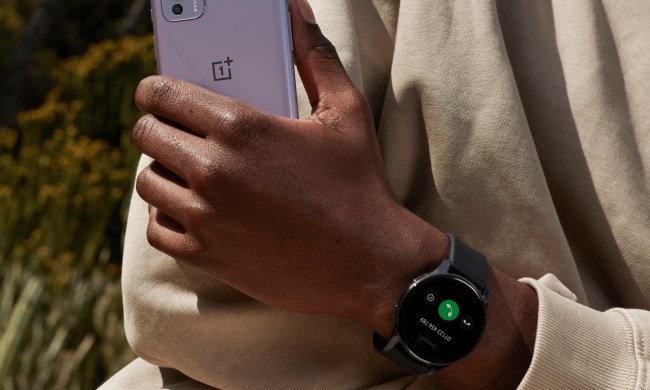If there’s one company that caught my attention this year far more than any other, it has to be Wyze. The Seattle-based company has been just relentless of late when it comes to new products, with its most ambitious announcement to date being the Wyze Watch — a $20 smartwatch of sorts that’s planned for release next year and looks eerily similar to the Apple Watch. There have been many companies that have tried to replicate the Apple Watch, but none have remotely been successful.
I have to admit the news was shocking because it’s not often you hear about a wearable flaunting a touchscreen, aluminum casing, blood oxygen saturation sensor, hear rate monitor, and a nine-day battery life. Soon after the initial surprise about the news, I felt a bit skeptical because there have been countless low-cost wearables I’ve checked out in the past that were downright terrible. However, it exposes the major problem I have with smartwatches — I never tap into their full potential.
Take the Apple Watch Series 3 on my wrist right now. It’s the second thing I pick up from my bedside nightstand daily after waking up, after my smartphones. Despite its rich features and accessibility, I rarely ever interact with it beyond reading the notifications that pop up and to check the time. Sure, there are people out there who religiously use more of what it offers than I do, but it brings me to my point that smartwatches, despite their conveniences, end up being costly investments that are largely underutilized.

This brings me to the allure of the Wyze Watch — its cost. For a mere $20 plus tax, it offers the same basic conveniences I receive from my Apple Watch. If I do intend on being more proactive about my health again, it has the sensors to provide me with some relevant information. From the looks of it, users will be able to view the same notifications sent to their mobile devices by the Apple Watch, so in a way, the overall experience wouldn’t be too different from the higher-priced timepiece.
The potential success of the Wyze Watch will simply elevate Wyze’s clout in the smart home. Already, the company has garnered attention for its other affordable smart home devices released this year — like the Wyze Lock and Outdoor Camera. They’ll soon be supplemented by all the other gadgets that are slated for release in January 2021, such as the Wyze Cam v3, Wyze Sprinkler Controller, Wyze Thermostat, and Wyze Video Doorbell. They’re all under $50 too, so all make for wonderful additions that would work seamlessly with the Wyze Watch.
I’m more excited now about it because it’s one of the few wearables that can tap into a siloed ecosystem that’s continually growing with new smart home gadgets. For example, users will be able to control other Wyze devices, like its light bulbs and security cameras. Furthermore, if I choose to not invest in Wyze’s smart home ecosystem, I’ll still be able to use it much like I do with my Apple Watch right now — and that’s for telling the time and checking out my notifications. Although, I can’t help think about its nine-day battery life because my typical interactions with the Apple Watch still gets me no more than two days at most with its battery. Who wouldn’t want that, right?



